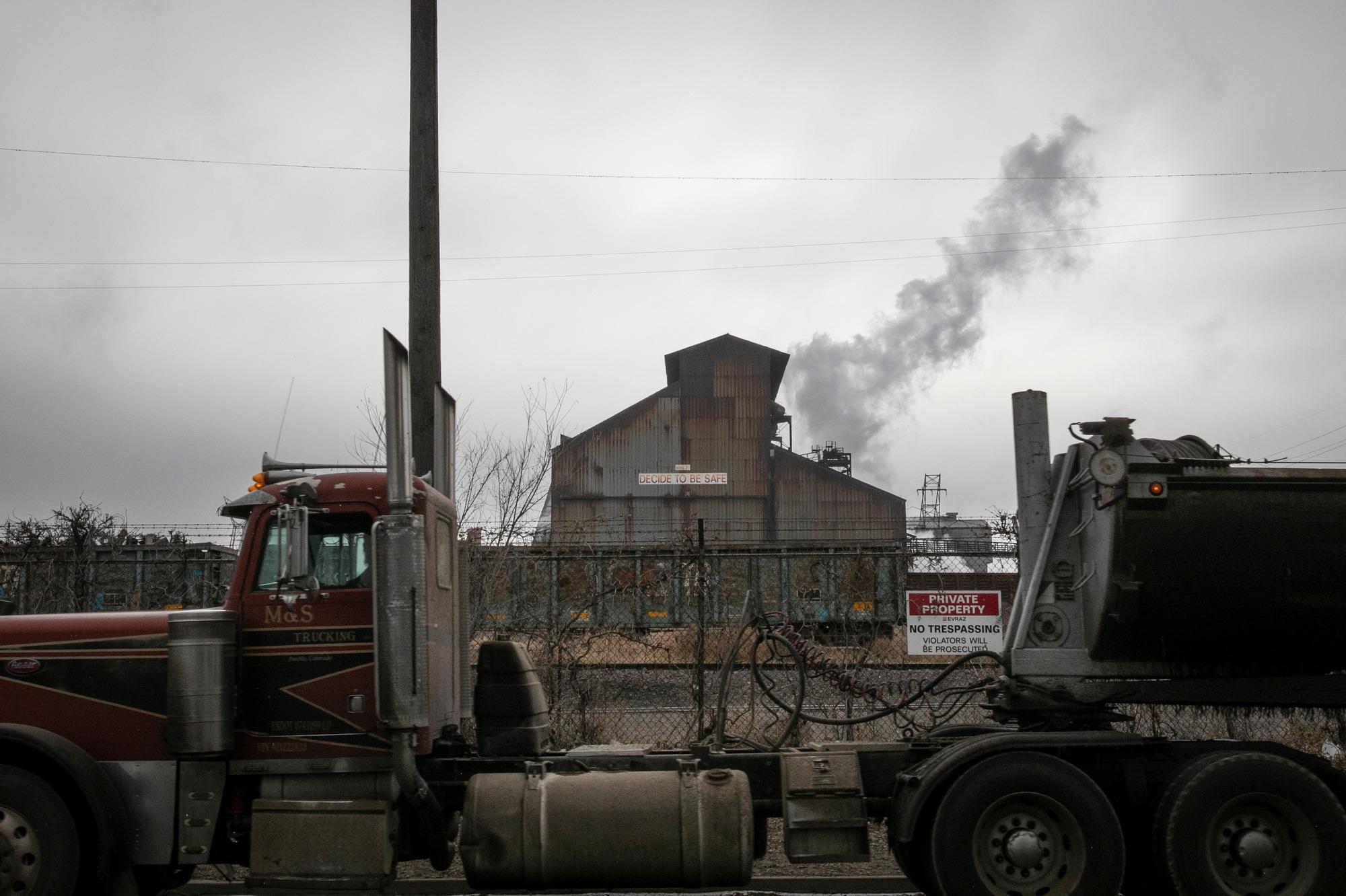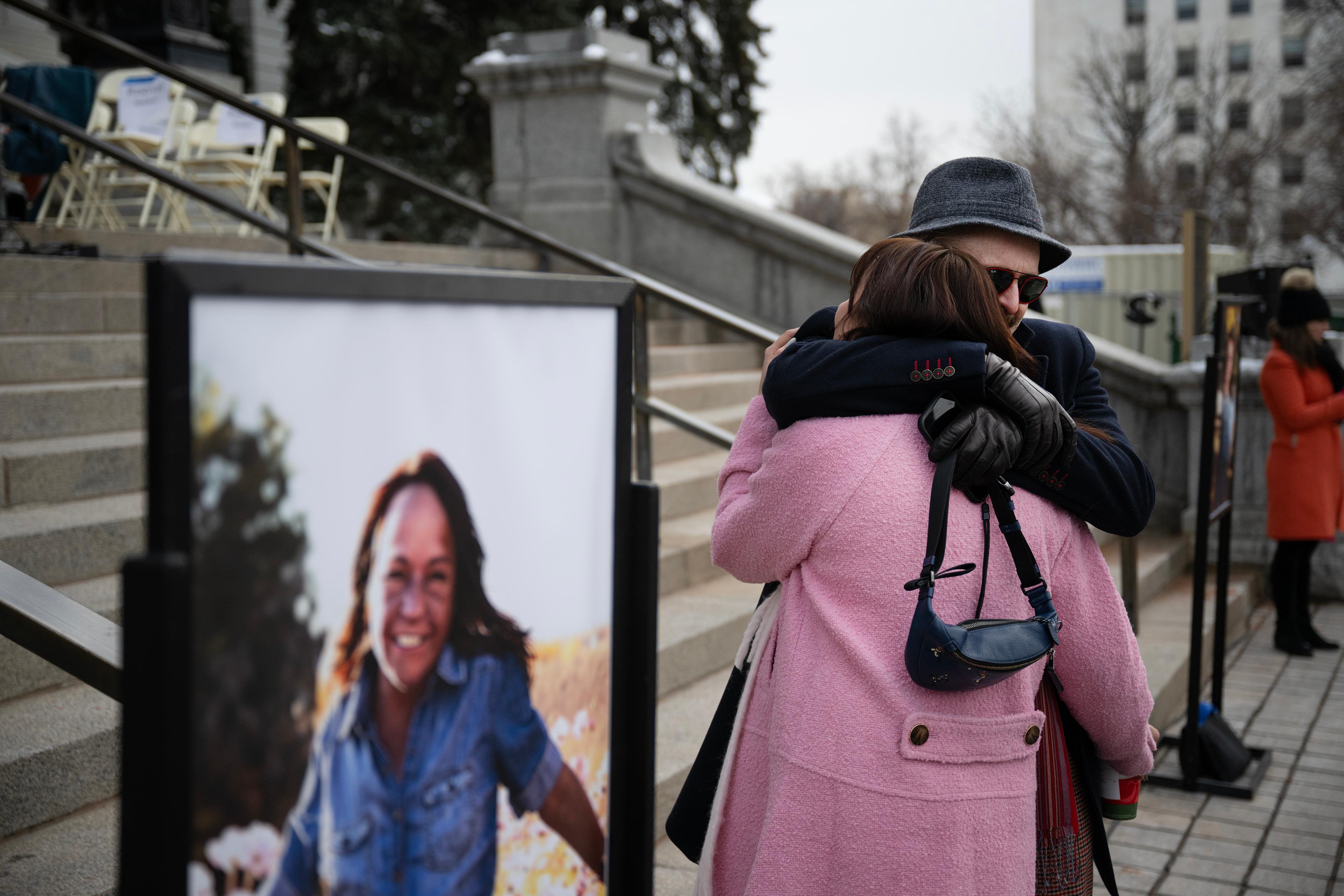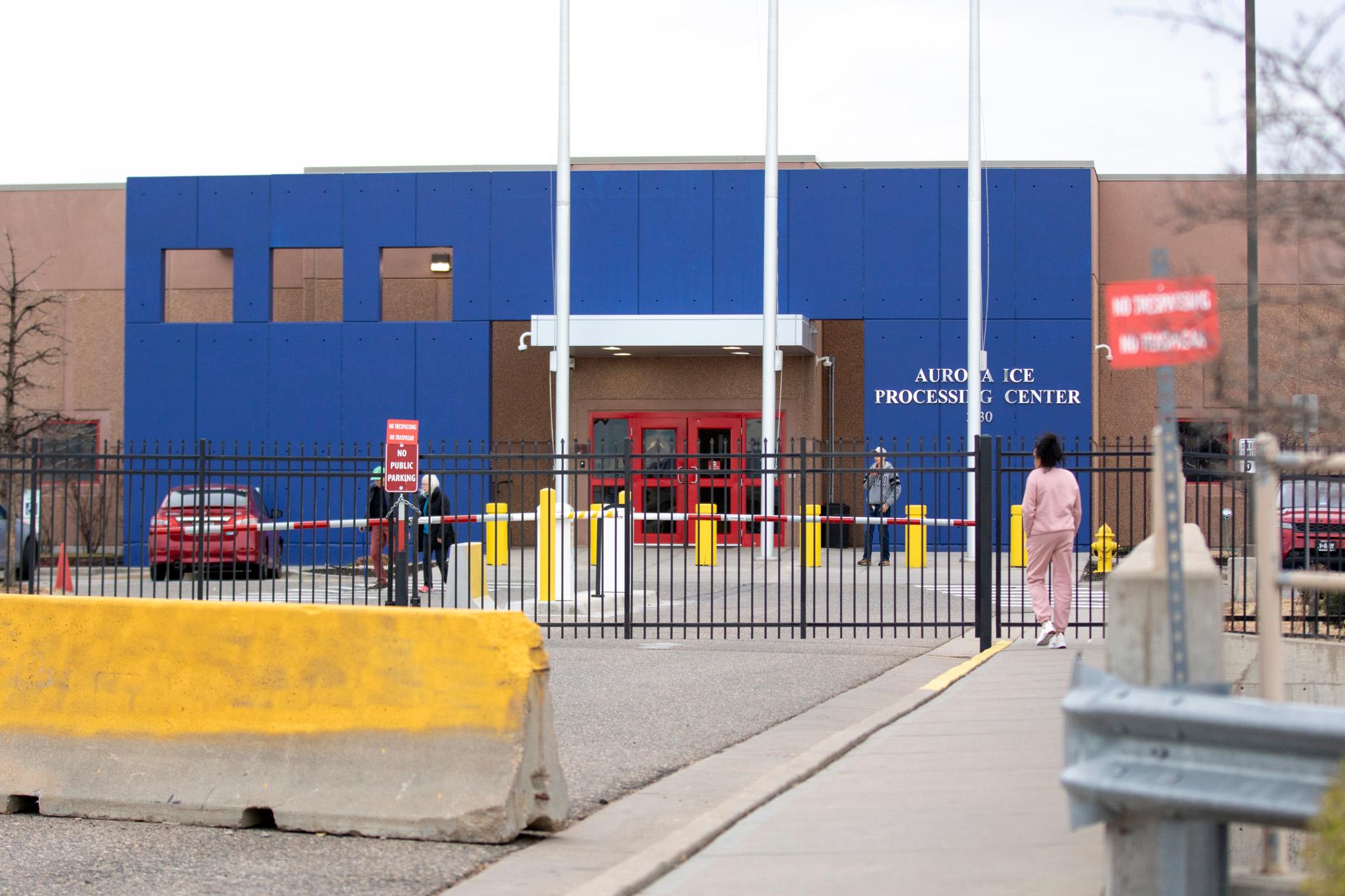
Last fall, as the Regional Transportation District asked the Federal Railroad Administration for waivers to keep its new A and B commuter train lines open despite crossing gate troubles, the leader of RTD’s press relations team tried to get on the same page with the FRA’s communications office.
“I don’t want to leave any wiggle room for media to interpret this process as adversarial in any way,” RTD spokesman Nate Currey wrote to FRA spokesman Matt Lehner in an October 2016 email.
CPR News obtained an email exchange between the two officials via a Colorado Open Records Act request. It offers an inside -- albeit brief -- glimpse at the relationship between RTD and the FRA, which has come to the fore as the spectre of closure has hung over the A and B lines.
The FRA has repeatedly declined interview requests, while RTD has publicly spoken positively of the federal agency -- and continues to do so. But the emails show disagreement between the two agencies over basic facts and how to communicate them to the public.
Troubled Train Lines
The A Line runs from Union Station to Denver International Airport, and opened last April. The B Line, which connects Union Station and Westminster, opened in July 2016. Software problems on both lines have led to crossing arms that don't open and close at the right time. That necessitated waivers from the FRA to keep trains rolling.
The FRA has required that flaggers be posted at every at-grade crossing on both lines and trains to blow their horns as safety precautions, and won’t allow RTD to open the G Line to Wheat Ridge until the crossing gate issue is fixed. The latest 90-day waiver was issued last week.
- RTD’s Troubled A Line Gets Another Break From The Feds
- RTD ‘Confident’ Feds Won’t Shut Down The New DIA, Westminster Trains
- More About RTD's Positive Train Control Issues
The two trains lines’ crossing gates are controlled by a system called positive train control, which uses wireless technology to help prevent accidents and that Congress has mandated for all commuter trains by 2018.
As issues over the crossing gates became known, Currey emailed the FRA, asking for a joint statement that would be based on several talking points RTD had given to local media through the fall. Those were:
But the FRA’s Lehner, who left the agency as President Donald Trump took office in January, bristled at the request.
“FRA does not agree with these and will not issue a joint statement or provide RTD a statement to issue on our behalf,” Lehner said, adding: “The talking points suggest that RTD is going and [sic] above what the law requires and what FRA has advocated.”
Lehner declined to comment for this story.
In an interview this week, Currey said that he was trying to coordinate messaging with the FRA. But it appears that the FRA interpreted it as RTD trying to cozy up to its federal regulator.
“I appreciate the heads up and request,” Lehner wrote in the email. “We know that starting a new commuter rail service can be challenging. However, the Federal Railroad Administration is an independent agency charged with safety oversight of the nation’s freight and passenger railroads.”
Currey called the email exchange a learning experience.
"Chalk it up to a rookie mistake, or me being naive, or me just wanting to reach out to our partners and say ‘Hey, let's coordinate,’ " said Currey, who’s been on the job for about 15 months.
"It's just not in [the FRA’s] tradition to do a joint statement,” he added.
Even so, Currey and his team at RTD, as well as A and B line operator Denver Transit Partners, have continued to use some of the talking points the FRA disagreed with.
"Some of them we keep. Some of them we refine. Some of them we don't use anymore as they become irrelevant," Currey said.
CPR News asked the current FRA communications team if it agreed with RTD’s talking points, along with a number of other specific questions. In response, the federal agency issued a generic statement that largely echoed a statement from last week when the FRA allowed trains to keep running.
Expert Says Technology Is ‘Pretty Simple Stuff’
Lehner, the former FRA official, also took issue with RTD fashioning itself as a pioneer of positive train control technology. He wrote that RTD’s claim that it will “influence direction of passenger rail safety” throughout the U.S. was “inaccurate.” RTD’s projects, and others like it, represent less than 1 percent of the approximately 60,000 miles of track that federal law requires to have PTC, Lehner concluded.
An expert on positive train control agreed that RTD has overstated its importance, especially when the agency says it’s the first agency to build positive train control into a new commuter rail line.
"The reality is very few commuter train lines are being built,” said Jeffrey Peters, a postdoctoral fellow at Stanford who wrote a report on positive train control for the Congressional Research Service in 2012.
And Peters added that RTD building their positive train control system into new lines should make their project easier, not harder.
“That should work much more smoothly than a retrofit where the original system is not designed for the technology in the first place,” Peters said.
Amtrak and European commuter lines have used positive train control with relatively few problems, Peters noted.
"It's absurd. This is pretty simple stuff,” he said, adding that the technologies that make up positive train control have been around a “long time.”
Currey countered that RTD’s positive train control system goes above and beyond the federal requirements. RTD’s wireless crossing activation system, which controls crossing arms, is not federally required, Currey said.
"Nobody else in the country has an issue like this, because they are not designing it like this," Currey said.
Denver Transit Partners, RTD’s contractor and operator of the train lines, said they used the wireless system because it is needed to ensure constant warning times.
“The traditional alternatives to the wireless crossing activation system to achieve constant warning times do not work on electrified railroads. Constant warning times were a contract requirement from RTD,” DTP spokeswoman Nadia Garas said in a statement.
After the FRA expressed concerns, DTP recently hired an independent consultant, HNTB, to review the wireless system. The consultant concluded the wireless system is the “most appropriate technology” available to meet contract and regulatory requirements, Garas said.
So the current plan is to fix the wireless system, Currey said. Until that happens, RTD will keep asking for 90-day waivers from the FRA to keep the trains rolling. The current waiver expires on April 30, more than a year after the A Line opened. RTD doesn’t yet have an estimate for when the issues will be fully resolved.
Editor's Note: This story has been updated to clarify that RTD has said it's the first agency to build positive train control into a new commuter line.









